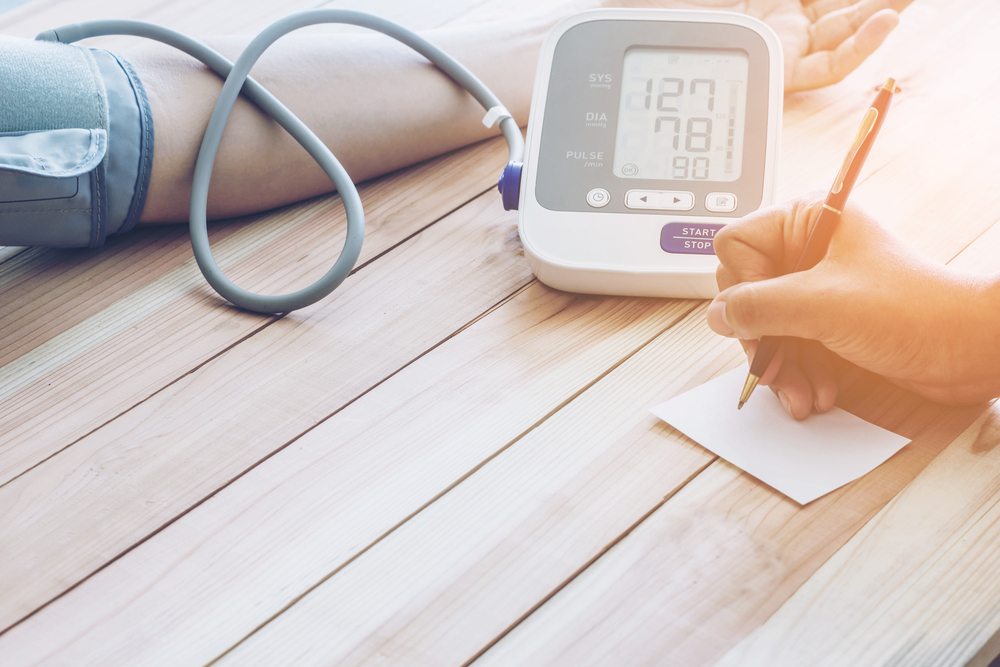Hypertension remains a major risk factor for cardiovascular disease and stroke. Non-pharmacological interventions such as exercise are very effective in lowering blood pressure. To determine the best exercise regimen for lowering blood pressure, the researchers conducted a large-scale pair-to-pair and network meta-analysis of 270 randomized controlled trials with a total sample size of 15,827 people, with evidence of heterogeneity.
The greatest risk of hypertension is that it will greatly increase cardiovascular and cerebrovascular accidents, such as cerebral hemorrhage, cerebral infarction, myocardial infarction, angina pectoris and so on. These cardiovascular and cerebrovascular accidents are sudden, mild disability or seriously reduce physical strength, heavy death, and treatment is very difficult, easy to relapse. Therefore, cardiovascular and cerebrovascular accidents focus on prevention, and hypertension is the biggest incentive of cardiovascular and cerebrovascular accidents.
Although exercise does not reduce blood pressure, it is very useful for stabilizing blood pressure and delaying the development of hypertension, so it can significantly reduce the probability of cardiovascular and cerebrovascular accidents. There are large clinical studies at home and abroad, and the results are relatively consistent, that is, appropriate exercise can reduce the risk of cardiovascular and cerebrovascular accidents by 15%.
The researchers identified evidence that significantly supported the blood pressure lowering (systolic and diastolic) effects of various types of exercise: aerobic exercise (-4.5/-2.5 mm Hg), dynamic resistance training (-4.6/-3.0 mm Hg), combination training (aerobic and dynamic resistance training; -6.0/-2.5 mm Hg), high-intensity interval training (-4.1/-2.5 mm Hg), and isometric exercise (-8.2/-4.0 mm Hg). In terms of reducing systolic blood pressure, isometric exercise is the best, followed by combination training, and in terms of reducing diastolic blood pressure, resistance training is the best. Systolic blood pressure decreased significantly in hypertensive people.
What kind of exercise is suitable for hypertensive patients?
In the period of stable blood pressure control, adhere to 4-7 physical exercise per week, 30-60 minutes of moderate intensity physical activity each time, such as jogging, fast walking, cycling, swimming, etc., the form of exercise can vary from person to person, taking the form of aerobic and anaerobic exercise. You can take aerobic exercise as the main, anaerobic exercise as a supplement.
The intensity of exercise needs to vary from person to person. The maximum heart rate method is often used to estimate the intensity of exercise. The intensity of moderate intensity exercise is (220-age) ×60-70%; High intensity exercise is (220- age) x 70-85%. Moderate intensity is appropriate for hypertensive patients with normal cardiopulmonary function. The weak can appropriately reduce the intensity of exercise.
Post time: Sep-09-2023






